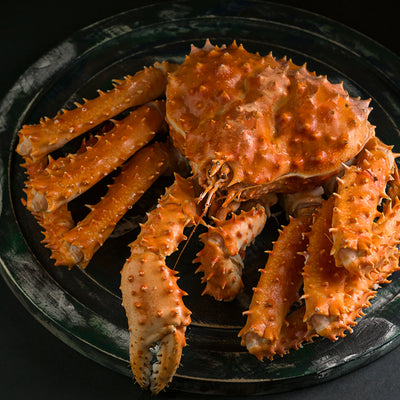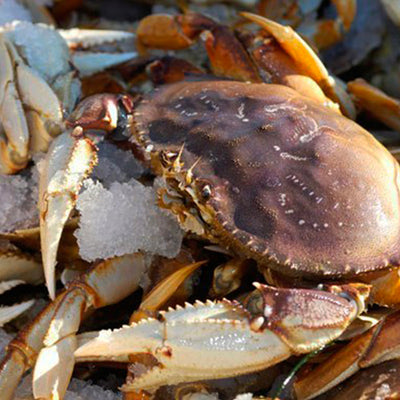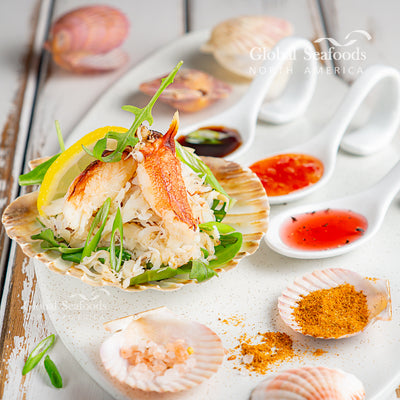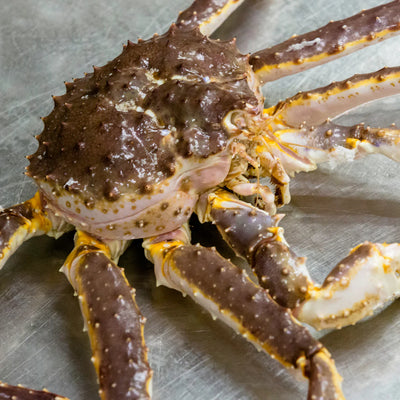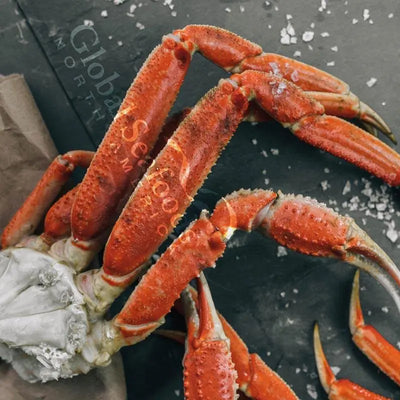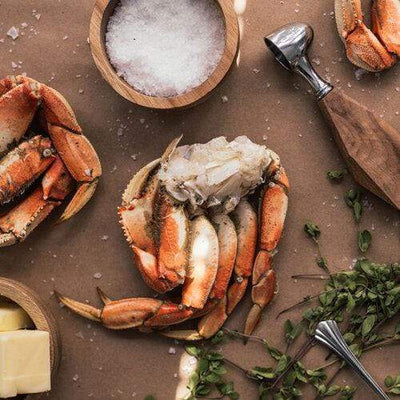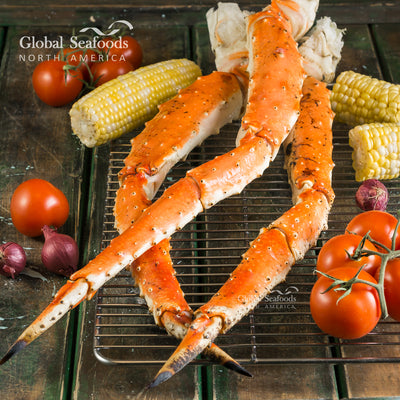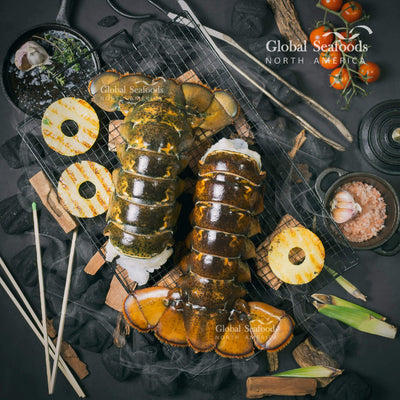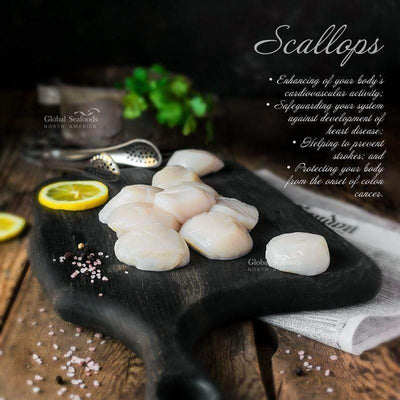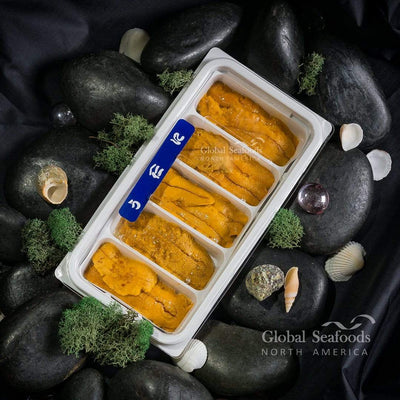Understanding the Environmental Impact of Crabbing: Sustainability and Best Practices

Impact of Crabbing
Crabbing is an ancient tradition, providing a reliable source of food for people worldwide for centuries. However, with increasing demand for crab products such as Snow Crab Legs, King Crab, and Dungeness Crab, the environmental impact of crabbing has come under scrutiny. Unsustainable crabbing practices can lead to overfishing, habitat destruction, and a decline in crab populations, all of which threaten marine ecosystems and biodiversity.
In this article, we’ll explore the environmental impact of the crabbing industry, the importance of adopting sustainable practices, and how consumers can make eco-friendly choices when purchasing crab. Understanding these factors is critical to preserving the long-term health of our oceans while ensuring the continued availability of delicious crab products.
For responsibly sourced crab, check out the wide range of crab options at Global Seafoods.
1. The Global Demand for Crab: A Growing Concern
The demand for crab has skyrocketed in recent decades as consumers across the globe enjoy its sweet, succulent flavor and nutritional benefits. According to a report by the Food and Agriculture Organization (FAO), global crab production has steadily increased over the past 20 years, with many crab species now being fished at or near their maximum sustainable limits.
Key Factors Driving Crab Demand:
- Rising Popularity of Seafood: Crab, particularly species like King Crab and Dungeness Crab, is considered a delicacy in many parts of the world, driving demand in both domestic and international markets.
- Nutritional Value: Crab is a rich source of omega-3 fatty acids, vitamins B12 and D, and high-quality protein, making it an appealing choice for health-conscious consumers.
- Versatility in Cuisine: Crab is a versatile ingredient in many types of dishes, from crab cakes to soups and seafood boils, increasing its demand among restaurants and home chefs alike.
While this growing popularity is exciting, it also raises concerns about overfishing and the long-term sustainability of crab populations.
2. The Environmental Challenges of Crabbing
Crabbing has several potential environmental impacts that need to be addressed to ensure the health of marine ecosystems and prevent the collapse of crab populations. Here are some of the key challenges:
1. Overfishing
One of the most pressing environmental issues in crabbing is overfishing. When crab is harvested at a faster rate than populations can reproduce, it leads to population declines and affects the overall balance of marine ecosystems. Overfishing not only impacts the species being targeted but also has a ripple effect throughout the food chain.
According to Greenpeace, "the rapid increase in demand for crab, especially in international markets, has resulted in overfishing in several key crabbing regions."
2. Bycatch
Bycatch refers to the unintentional capture of non-target species during crabbing operations. This can include other marine life such as fish, sea turtles, and even seabirds. Bycatch is particularly problematic because it leads to unnecessary deaths of non-target species, further threatening biodiversity in marine ecosystems.
3. Habitat Destruction
Some crabbing methods, particularly the use of heavy traps, can damage delicate marine habitats like seagrass beds and coral reefs. These habitats are vital for many marine species, including crabs, as they provide shelter, breeding grounds, and food sources.
4. Ghost Fishing
"Ghost fishing" occurs when lost or abandoned crabbing gear continues to catch marine life long after it has been discarded. This phenomenon is particularly harmful because it can trap crabs and other marine creatures, leading to unnecessary death and waste.
For sustainable seafood options that minimize environmental impact, consider shopping from eco-conscious seafood retailers like Global Seafoods.
3. The Importance of Sustainable Crabbing Practices
To mitigate the environmental impacts of crabbing, sustainable fishing practices are crucial. Sustainable crabbing ensures that crab populations remain healthy and abundant while minimizing harm to the broader marine environment.
Key Elements of Sustainable Crabbing:
- Catch Limits: Setting and enforcing catch limits helps prevent overfishing and ensures that crab populations have time to replenish naturally.
- Selective Fishing Gear: Using gear designed to reduce bycatch and minimize damage to habitats is essential. For example, biodegradable traps are being developed to combat ghost fishing.
- Seasonal Restrictions: Implementing closed seasons during crucial breeding times allows crab populations to regenerate, supporting long-term sustainability.
- Marine Protected Areas (MPAs): Establishing MPAs where crabbing is restricted or prohibited helps preserve essential marine habitats and protect biodiversity.
Sustainable seafood certifications like those from the Marine Stewardship Council (MSC) or Aquaculture Stewardship Council (ASC) are good indicators that the crab you’re purchasing is responsibly sourced. Look for these labels when shopping for crab online.
4. How You Can Support Sustainable Crabbing
As a consumer, you play a critical role in supporting sustainable seafood practices. By making informed choices about where and how you buy your crab, you can help reduce the environmental impact of crabbing. Here are some ways to make eco-friendly choices when purchasing crab:
1. Buy from Reputable, Sustainable Sources
Look for seafood retailers that prioritize sustainability in their fishing practices. At Global Seafoods, you’ll find a wide selection of sustainably sourced crab products, from Dungeness Crab Meat to King Crab.
2. Choose Certified Seafood
Opt for crab products that are certified by reputable organizations like the MSC or ASC, which ensure that the seafood has been harvested in an environmentally responsible manner.
3. Reduce Food Waste
Only purchase the amount of crab you need to minimize food waste. If you buy frozen crab, store it properly to extend its shelf life and avoid spoilage. Check out Global Seafoods for high-quality frozen crab options.
4. Support Policies That Protect Marine Life
Advocate for and support policies that protect marine habitats and promote sustainable fishing. By encouraging responsible practices within the seafood industry, you can help ensure the future availability of healthy and abundant crab populations.
5. The Future of Crabbing: Innovation and Sustainability
As the global demand for crab continues to grow, the future of the industry will depend on the adoption of sustainable practices and innovative solutions. Here are some exciting developments in sustainable crabbing:
1. Biodegradable Fishing Gear
New innovations in biodegradable fishing gear aim to reduce the environmental impact of lost or discarded traps. These traps decompose over time, reducing the risk of ghost fishing and protecting marine ecosystems.
2. Aquaculture
Aquaculture, or crab farming, offers a sustainable alternative to wild-caught crab. While still in its early stages, crab aquaculture has the potential to meet consumer demand without depleting wild crab populations.
3. Improved Monitoring Systems
Advancements in technology are allowing for more accurate monitoring of crab populations and fishing activities. This data can help inform better management decisions and prevent overfishing.
As Sylvia Earle, renowned marine biologist and oceanographer, famously said, “No water, no life. No blue, no green.” It’s crucial to take action now to ensure that our oceans, and the incredible seafood they provide, remain vibrant and healthy for generations to come.
6. FAQs: The Environmental Impact of Crabbing
1. How does crabbing affect marine ecosystems?
Crabbing can impact marine ecosystems through overfishing, bycatch, habitat destruction, and ghost fishing. Sustainable practices aim to minimize these impacts and protect biodiversity.
2. What can I do to support sustainable crabbing?
You can support sustainable crabbing by purchasing crab from reputable, eco-friendly sources like Global Seafoods, choosing certified sustainable seafood, and advocating for marine protection policies.
3. Is farmed crab a more sustainable option?
Crab farming, or aquaculture, is still in its early stages but offers a promising alternative to wild-caught crab. It can reduce pressure on wild populations while meeting consumer demand.
4. What are some of the most sustainable types of crab?
Crabs like Snow Crab, Dungeness Crab, and King Crab from sustainable fisheries are good options. Always look for eco-certifications when buying crab.
5. What are the biggest challenges to sustainable crabbing?
The biggest challenges include overfishing, bycatch, habitat destruction, and ghost fishing. Addressing these issues requires global cooperation, better regulations, and sustainable innovations.
6. Where can I buy sustainably sourced crab?
You can find sustainably sourced crab at reputable online seafood retailers like Global Seafoods, which offers a variety of eco-friendly crab products.
For more seafood insights and sustainability tips, visit the Global Seafoods YouTube Channel, where you’ll find videos on how to cook crab and learn more about the seafood industry.
Also in News

How to Make Sea Bream Sushi With Dry-Aged Tuna & Crab Roll — Step-by-Step With Chef Joshua
A complete guide to making Sea Bream sushi at home, including filleting, curing, slicing, and building a Dry-Aged Tuna & Crab sushi roll. Chef Joshua shares professional tips for restaurant-quality results.

Boiled Crab for Game Night: Everything You Need for a Perfect Seafood Party
Take your game night to the next level with a Boiled crab party. Learn the best recipes, cooking tips, and hosting hacks for a memorable seafood feast.

Boiled Crab for Date Night: A Romantic Guide to the Perfect Seafood Feast
Make your next date night unforgettable with a romantic Boiled crab experience. This guide covers everything you need to know, from ambiance to the best crab varieties.

